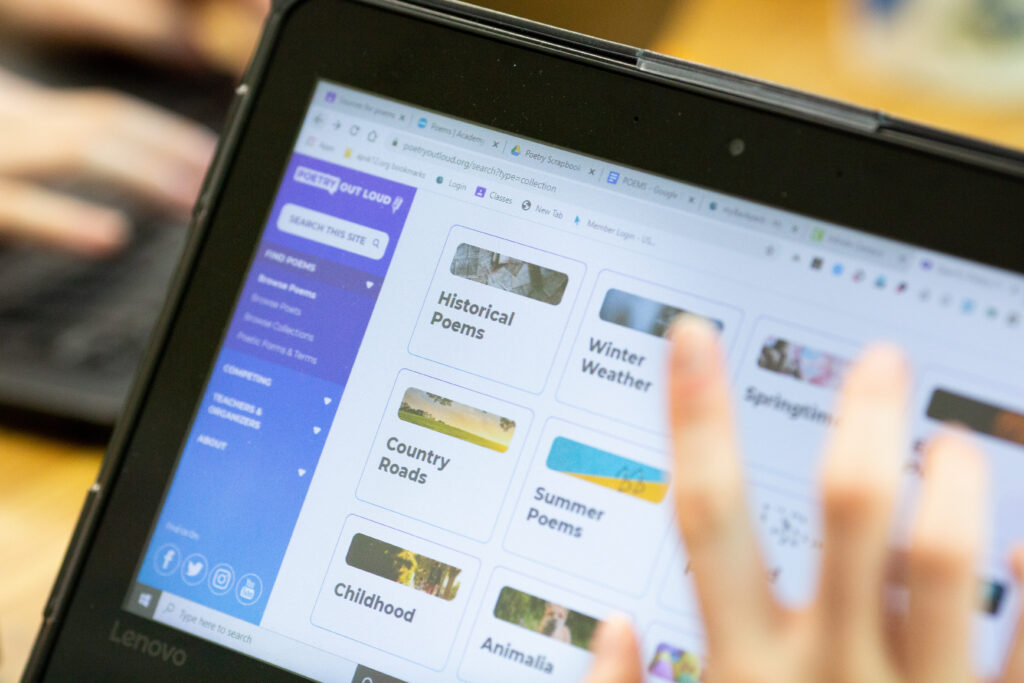Stronger Connections: How Can Education Leaders and Internet Service Providers Work Together?
Today, having a strong, reliable internet connection is nearly as important as having running water and electricity in your home.
In communities across the country, Internet Service Providers (ISPs) have partnered with municipalities to offer free wi-fi in common areas and free and reduced-price internet services to families. The federal government has also stepped in, creating initiatives like the Emergency Connectivity Fund and the Affordable Connectivity Program to support access.
ISPs and leaders need to work hand in hand to ensure equitable access.

- ISPs should make a commitment to privacy: Schools have strong safeguards to protect the personally identifiable information of their students and their families. ISPs should partner with schools to create systems and agreements that support families’ privacy.
- ISPs and school leaders should provide transparency: When signing up for internet service on your own, you get to ask all the questions you can think of. But when a school is the facilitator, we need to make sure that families have all the information they might need – like contact information and payment instructions.
- School Leaders should share resources with families: There are programs that families can access directly like the Affordable Connectivity Program to get free or low-cost internet access. School leaders should embed information about such programs in family communication to empower folks to access these resources.
- ISPs and School Leaders should advocate for families as new initiatives roll out: Bipartisan federal legislation is providing billions of dollars of funding to states to support digital equity and access. States are now in the planning stages of how to use these funds. Now is the time for school leaders and ISPs to work together to advocate for the families in their communities and ensure that they have a seat at the table.
- ISPs and School Leaders should advocate for the replenishment of the Emergency Connectivity Fund: The Emergency Connectivity Fund allows schools to work directly with ISPs to get students connected. It can ensure that students remain connected as families work to sign up for other programs or for those that face other obstacles like students in the foster care system.
Together, ISPs and school leaders have been and can continue to be at the forefront of closing the homework gap!
